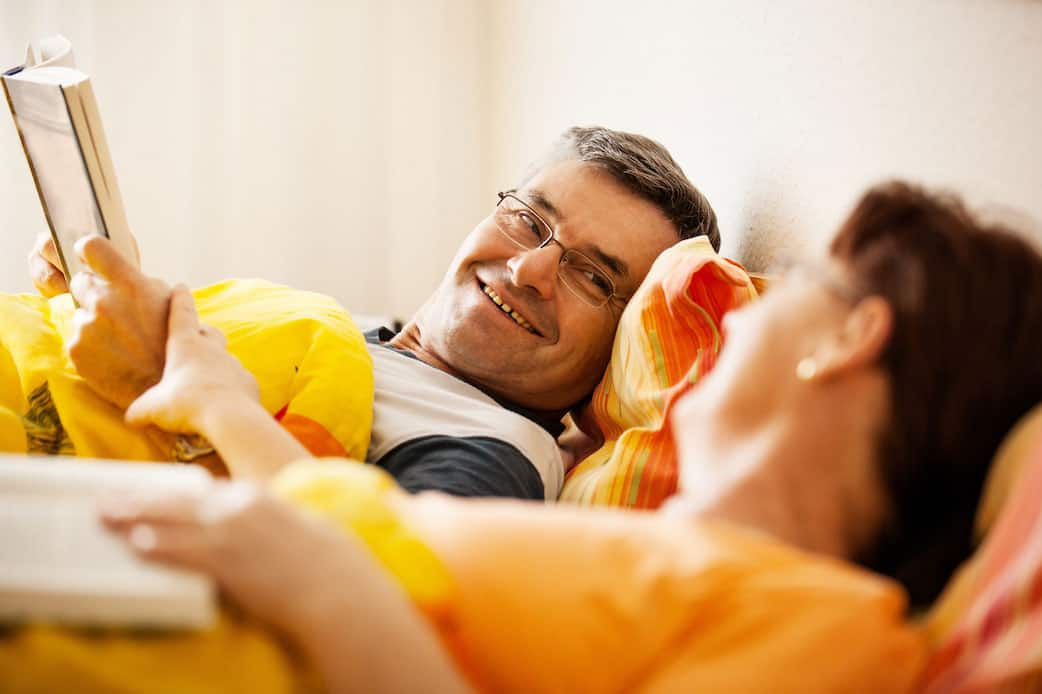What Is Sleep Apnea?
Sleep apnea is officially defined as regular pauses in breathing that last longer than 10 seconds while an individual is asleep, according to the Texas A&M University College of Dentistry. In most cases, the breathing problems are due to tissue in the nose or throat obstructing the airway, resulting in interrupted sleep and decreased oxygen levels overnight. Approximately 30% to 50% of regular snorers may be experiencing some level of sleep apnea, and the consequences of this condition extend beyond simply feeling tired and irritable or suffering from sleepiness and headaches during the daytime. Sleep apnea sufferers are at higher risk of stroke, diabetes, high blood pressure and heart attack than those without the condition.
How Do Oral Appliances for Sleep Apnea Work?
Dentists treat sleep apnea with oral appliances that maintain an unobstructed airway while the patient sleeps. This device holds the tongue and lower jaw slightly forward, preventing the airway from collapsing during sleep and creating more space in the throat and the back of the mouth, as the Texas A&M University College of Dentistry explains.
The American Academy of Dental Sleep Medicine (AADSM) describes an oral appliance for sleep apnea as looking similar to an orthodontic retainer or an athletic mouth guard. There are more than 100 models with clearance from the Food and Drug Administration. Your dentist can advise you on which model is best for you.
The American Sleep Association (ASA) mentions that this type of oral appliance is also called a sleep apnea mouth guard or a snoring mouthpiece, and your dentist may call it a mandibular advancing device or a jaw advancing device. A second and less commonly used oral appliance for sleep apnea is the tongue-retaining device (TRD), as referred to in a study published in the Journal of Clinical Sleep Medicine. A TRD creates suction on the tongue by means of a flexible bulb outside the mouth, thus preventing the tongue from blocking the throat during sleep.
Choosing the Right Oral Appliance for Sleep Apnea
Your dentist can provide a custom oral appliance to treat your sleep apnea using models of your mouth and throat, as well as information from your physician. As the AADSM explains, the process begins at an initial dental visit, where your dentist will discuss the benefits, potential side effects and cost of this type of treatment with you. Next, they will examine your mouth, tongue, jaw and airway. They may also take X-rays before going on to create physical impressions or digital models of your teeth. These impressions are then sent to a lab that creates the oral appliance.
At the following visit, your dentist will assess the fit of the appliance in your mouth and adjust it for maximum effectiveness and comfort. They will also explain how to clean and maintain the appliance. In addition, you may need to return to a sleep study center to check that the appliance is working. Future dental visits will be necessary to maintain the best fit of the appliance, and your dentist will ask you to come in for a full assessment annually.
Alternatives to Oral Appliances
An oral appliance may not always be the right choice for your situation. As the Texas A&M University College of Dentistry points out, these devices may cause side effects, such as jaw pain, temporary problems with bringing the teeth together after removing the appliance and changes in teeth position.
There are other types of treatment for sleep apnea. For example, continuous positive airway pressure, also known as CPAP, delivers air pressure through a machine while you sleep to help keep your air passageway open, according to the Mayo Clinic. Surgery is another alternative, though surgical procedures are typically only used if other treatments have failed to provide results. These procedures might include tissue shrinkage or removal, repositioning of the jaw bone, nerve stimulation and implanting plastic rods into the soft palate.
Oral appliances for sleep apnea are most effective in mild to moderate cases, according to the ASA. For those with severe sleep apnea, a machine or surgery might be a better solution. Speak with your dentist about the best treatment option for you so that you can sleep soundly.
Oral Care Center articles are reviewed by an oral health medical professional. This information is for educational purposes only. This content is not intended to be a substitute for professional medical advice, diagnosis or treatment. Always seek the advice of your dentist, physician or other qualified healthcare provider.
ORAL HEALTH QUIZ
What's behind your smile?
Take our Oral Health assessment to get the most from your oral care routine
ORAL HEALTH QUIZ
What's behind your smile?
Take our Oral Health assessment to get the most from your oral care routine
Join Us
Get the best of your oral health routine and take it to the next level with expert advice, recommendations, products and solutions and special offers.
Join Us
Get the best of your oral health routine and take it to the next level with expert advice, recommendations, products and solutions and special offers.















